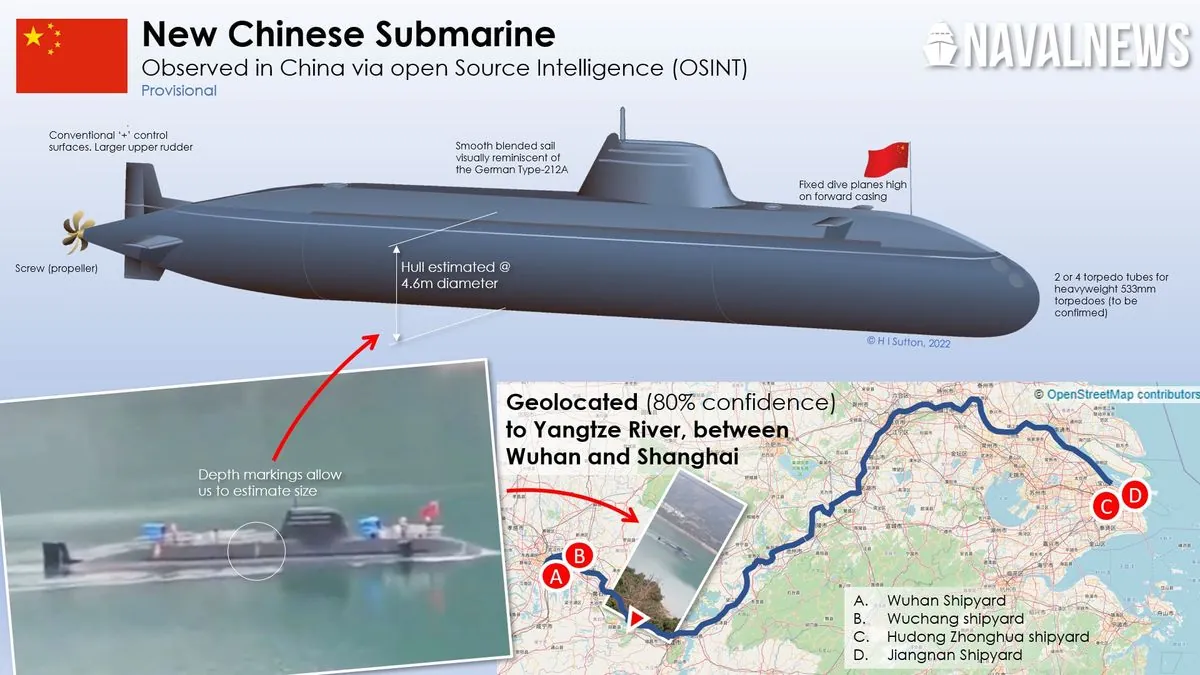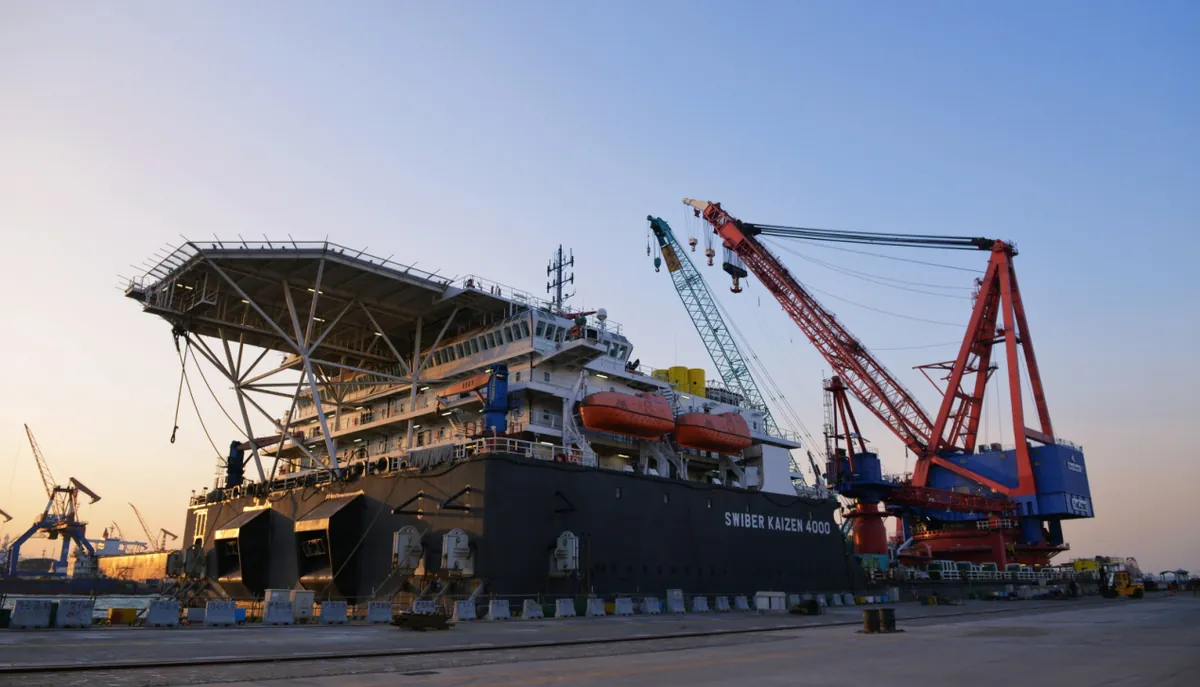China's New Nuclear Submarine Sinks in Shipyard Mishap, US Officials Claim
A newly built Chinese nuclear attack submarine reportedly sank at a shipyard, potentially delaying Beijing's naval expansion plans. US officials suggest China attempted to conceal the incident.

US officials have reported that China's latest nuclear attack submarine sank in a shipyard accident, potentially impeding the nation's efforts to surpass the United States in naval capabilities. The incident, which allegedly occurred in late May or early June 2024, involved the first of the new Zhou-class nuclear-powered submarines.
The vessel, characterized by its distinctive X-shaped stern, was observed via satellite imagery at the Wuchang Shipyard in Wuhan as it underwent final preparations for sea trials. The sinking reportedly prompted Beijing to attempt to conceal the event, with floating cranes spotted at the site shortly after.
Brent Sadler, a former submarine officer now at the Heritage Foundation, commented on the significance of the incident:
"The sinking of a new nuclear sub that was produced at a new yard will slow China's plans to grow its nuclear submarine fleet. This is significant."
This setback occurs amidst rising tensions in the Pacific, where undersea warfare has become a priority for China's People's Liberation Army Navy (PLAN). Submarines are expected to play a crucial role in any potential conflict over Taiwan, with Chinese vessels potentially attempting an invasion while simultaneously blockading US support.

While submarine warfare has traditionally been an area of US dominance, China has been rapidly closing the gap in recent years. The PLAN has been expanding its fleet with advanced vessels, including nuclear-powered submarines capable of extended submerged operations.
A senior US defense official, speaking anonymously, expressed concern about the broader implications of the incident:
"It's not surprising that the PLA Navy would try to conceal the fact that their new first-in-class nuclear-powered attack submarine sank pierside. In addition to the obvious questions about training standards and equipment quality, the incident raises deeper questions about the PLA's internal accountability and oversight of China's defence industry, which has long been plagued by corruption."
Experts believe the submarine has been salvaged but will require extensive refitting to become seaworthy again. Thomas Shugart, a senior fellow at the Center for a New American Security, highlighted the potential damage:
"The whole boat would be full of water. You'd have to clean out all the electronics. The electric motors may need to be replaced. It would be a lot of work."
US officials noted uncertainty regarding potential casualties and whether the vessel contained nuclear fuel at the time of the incident. They also reported no indications of Chinese authorities sampling the surrounding environment for radiation.
This event underscores the complexities and risks associated with advanced submarine development and construction. As both China and the United States continue to invest in their undersea capabilities, incidents like this may have significant implications for the balance of naval power in the Pacific region.


































